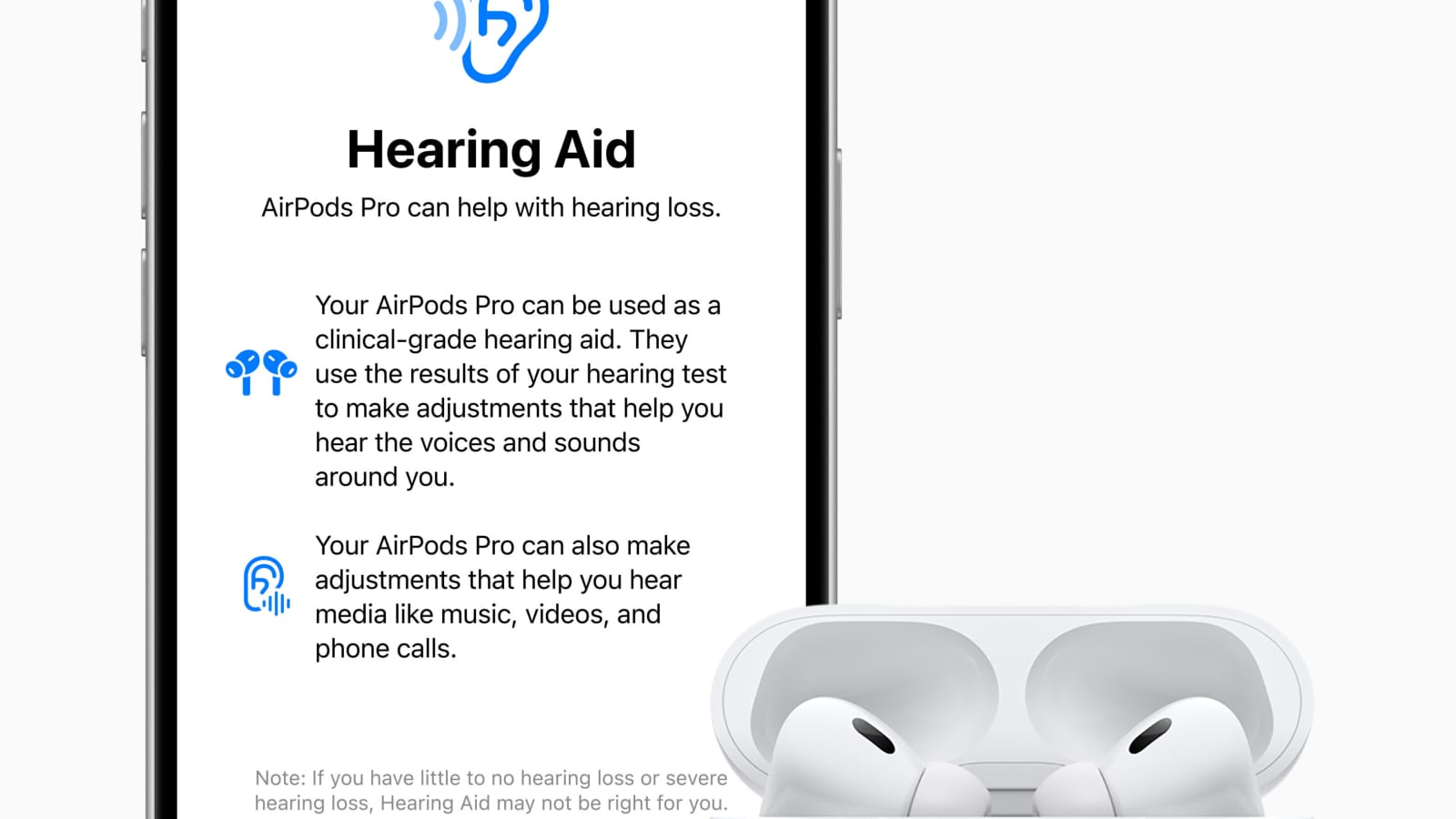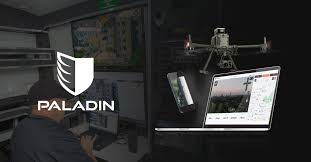Lillian Schwartz Passes, AirPods Become Hearing Aids, Paladin Drones Aid Hurricane Helene
Lillian Schwartz, a trailblazer in digital art, has passed away. Meanwhile, Apple is pushing the boundaries of consumer tech by turning its AirPods Pro 2 into hearing aids, and Paladin’s drones have proven invaluable during Hurricane Helene, aiding in emergency response and supply delivery!
Lillian Schwartz, Trailblazer of Computer-Generated Artist, Dies at 97

Lillian Schwartz died on October 12, 2024, at the age of 97 in Manhattan. She was one of the first artists to use computers to create art, particularly films, by combining art, science, and technology. She began her career using primarily mediums such as watercolor and sculptures. She very much enjoyed layering, which was a concept she later employed in her digital art. She later transitioned to using the computer for her art at Bell Laboratories from 1969 – 2002. It was here where she crafted her award-winning films using computer-generated images, photo filters, and more.
Her first film titled “Pixillation”(1970) incorporated computer-generated images using punch cards and an IBM 7094 mainframe. The process also involved a microfilm recorder and color filters. She layered in traditional elements such as paint on glass and hand-drawn images. The film was only 4 minutes long and took months to create. The film is an abstract masterpiece incorporating jarring visuals of paint and color, tied together by a rather disturbing soundtrack.
Her films were groundbreaking because at the time, scientists were not willing to share their technology with artists, as they believed it was an important medium that artists did not deserve access to. However, Schwartz succeeded in forming strong collaborations with scientists and found a way to highlight how both the arts and the sciences could compliment each other on a digital level.
Background on Schwartz
Lillian Schwartz, born in Cincinnati in 1927, began her artistic journey with lessons from her brother and used discarded materials for her early work. After briefly studying nursing during World War II, she realized her true passion was art and married James Schwartz, a medical intern. While living in postwar Japan, Lillian contracted polio, which left her partially paralyzed, and the family faced health issues from radiation exposure. Settling in St. Louis, she experimented with various artistic mediums, eventually joining Experiments in Art and Technology, where she blended art with science to create innovative kinetic sculptures.
Examples of Schwartz’s Famous Pieces:
- “Olympiad,” by Lillian F. Schwartz, 1971.

- “UFOs” by Lillian F. Schwartz, 1971

Apple’s plans to turn AirPod Pro 2 into Hearing Aids

Apple’s upcoming software update will allow AirPods Pro 2 to function as hearing aids. Users will be able to adjust volume, tone, and balance via their iPhone or iPad! Below are the main takeaways from this revolutionary update.
- FDA Approval: The FDA has approved Apple’s software for over-the-counter (OTC) hearing aids, aligning with a congressional push to make hearing aids more accessible and affordable.
- Pricing: AirPods Pro 2 cost around $249, while traditional hearing aids can cost several thousand dollars. This makes Apple’s option much cheaper for those with mild-to-moderate hearing loss.
- Accessibility: Apple’s software could help reduce the stigma associated with hearing aids and make hearing assistance more common and accessible.
- Limitations: The AirPods are not intended for severe hearing loss, won’t work for all-day wear, and require an iPhone or iPad to use the hearing aid software. Traditional hearing aids may still be a better option for some.
- Impact: Apple’s move is expected to prompt other companies to enter the OTC hearing aid market, potentially making hearing aids more widely used and affordable.
- Health Implications: Hearing loss is linked to cognitive decline and other health issues, making accessible hearing aids important for public health.
Paladin, A Drone Company, Helps With Hurricane Helene Aftermath

After Hurricane Helene, Paladin, a public safety drone startup consisting of 30 people, remotely controlled drones from its Houston headquarters to assist Asheville’s police department in locating people and delivering supplies. The police department was very grateful to have Paladin’s help, as the roads were closed and internet service was hard to come by after the hurricane.
How Paladin Aided a City Suffering From a Natural Disaster.
Paladin’s software works with any drone, offering new features like delivering supplies to 911 calls and navigating around other aircraft.
Paladin was founded to reduce response times to 911 calls using drones. Their software enables drones to be dispatched within 90 seconds, allowing public safety departments to assess situations in real-time. Founder Divy Shrivastava was motivated to create Paladin after experiencing slow emergency response during a fire at a friend’s house.
Since launching the product in 2021, Paladin has secured contracts with numerous public safety departments and recently raised $5.2 million from investors including Gradient and Toyota Ventures.
In terms of impact, Paladin’s drones help reduce unnecessary 911 responses (10-25% of calls) and improve efficiency, which is vital for smaller, resource-limited police departments. As far as privacy goes, Paladin designed its software for use only in response to 911 calls and is compliant with drone regulations.
Overall
Lillian Schwartz’s groundbreaking work in digital art paved the way for future technological advancements in creativity and science. Also, Apple is further pushing the boundaries of tech accessibility by transforming AirPods into affordable hearing aids, while Paladin’s innovative drones are revolutionizing emergency response efforts, as seen during Hurricane Helene. Together, these stories highlight the powerful intersection of technology, accessibility, and human resilience!









